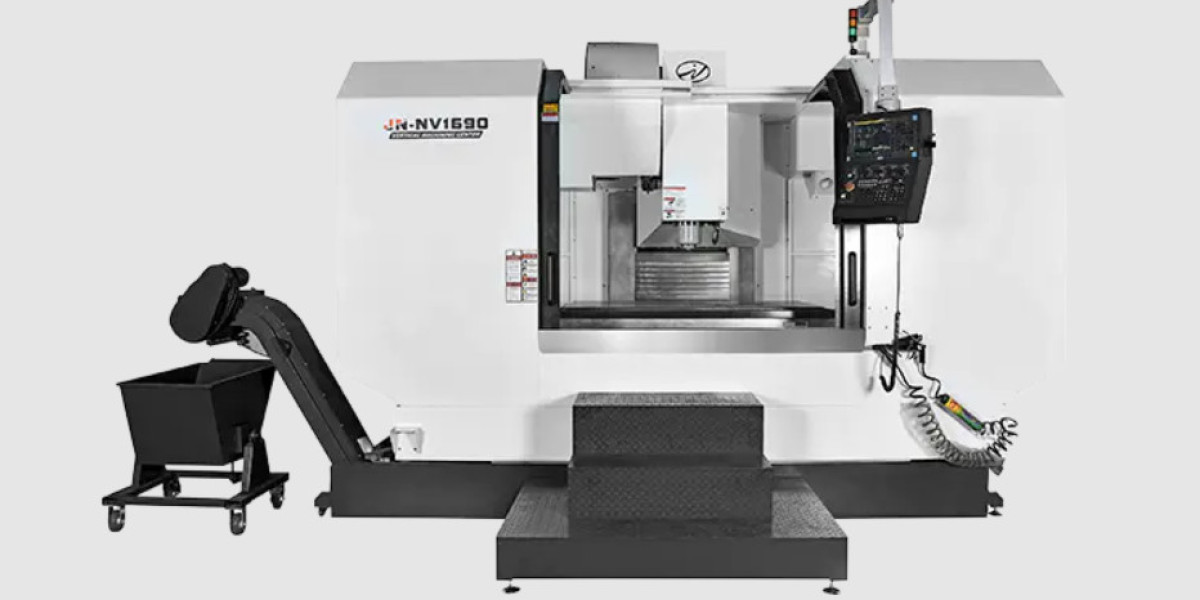In recent years, the demand for precision metal parts has grown across industries such as automotive, aerospace, and electronics. At the core of this precision manufacturing process lies the Vertical Machining Center. Known for its upright structure and enclosed environment, this equipment supports consistency during production and reduces external influences on cutting operations.
A VMC milling machine plays a significant role when it comes to processing components that require detailed surface finishes and intricate geometries. Operators appreciate the three-axis configuration of most VMCs, which simplifies programming and enables smooth tool transitions. This makes it easier to maintain repeatable tolerances in batch production.
Compared to older machining setups, vertical machining centers allow for greater operator comfort and better visibility during the machining process. These machines often come with user-friendly interfaces and automated features that minimize manual intervention. Additionally, they are compatible with a variety of tool holders and cutting fluids, making them adaptable to different material types.
Workshops looking to expand their production capacity often begin by integrating one or more VMC milling machines into their workflow. The machines serve as a bridge between conventional manual tools and more advanced multi-axis setups, providing flexibility without excessive complexity.
As manufacturers continue to seek high-precision and efficient operations, the role of VMCs will likely remain strong, particularly in small to medium production runs where cost, space, and accuracy need to be balanced.








